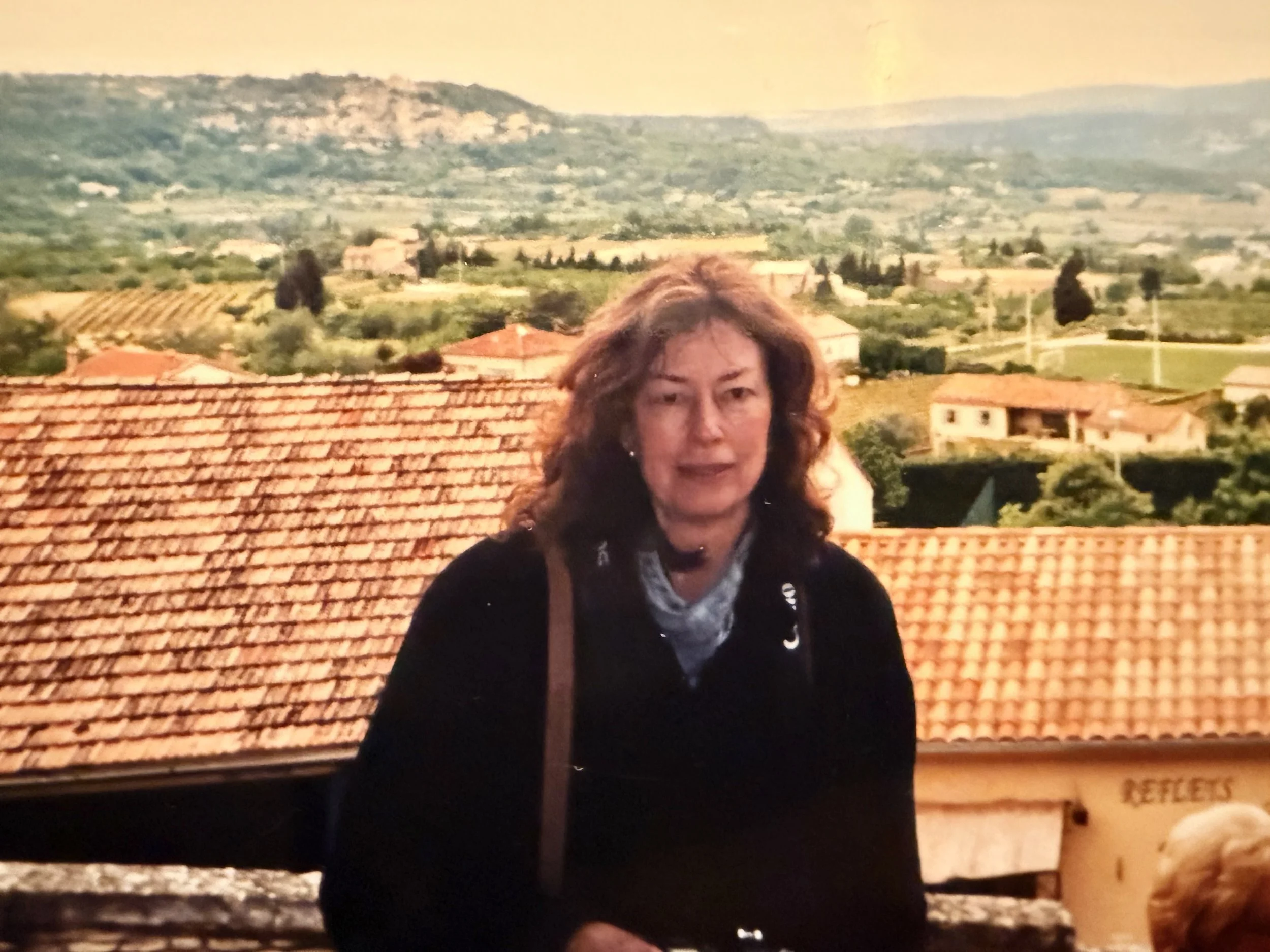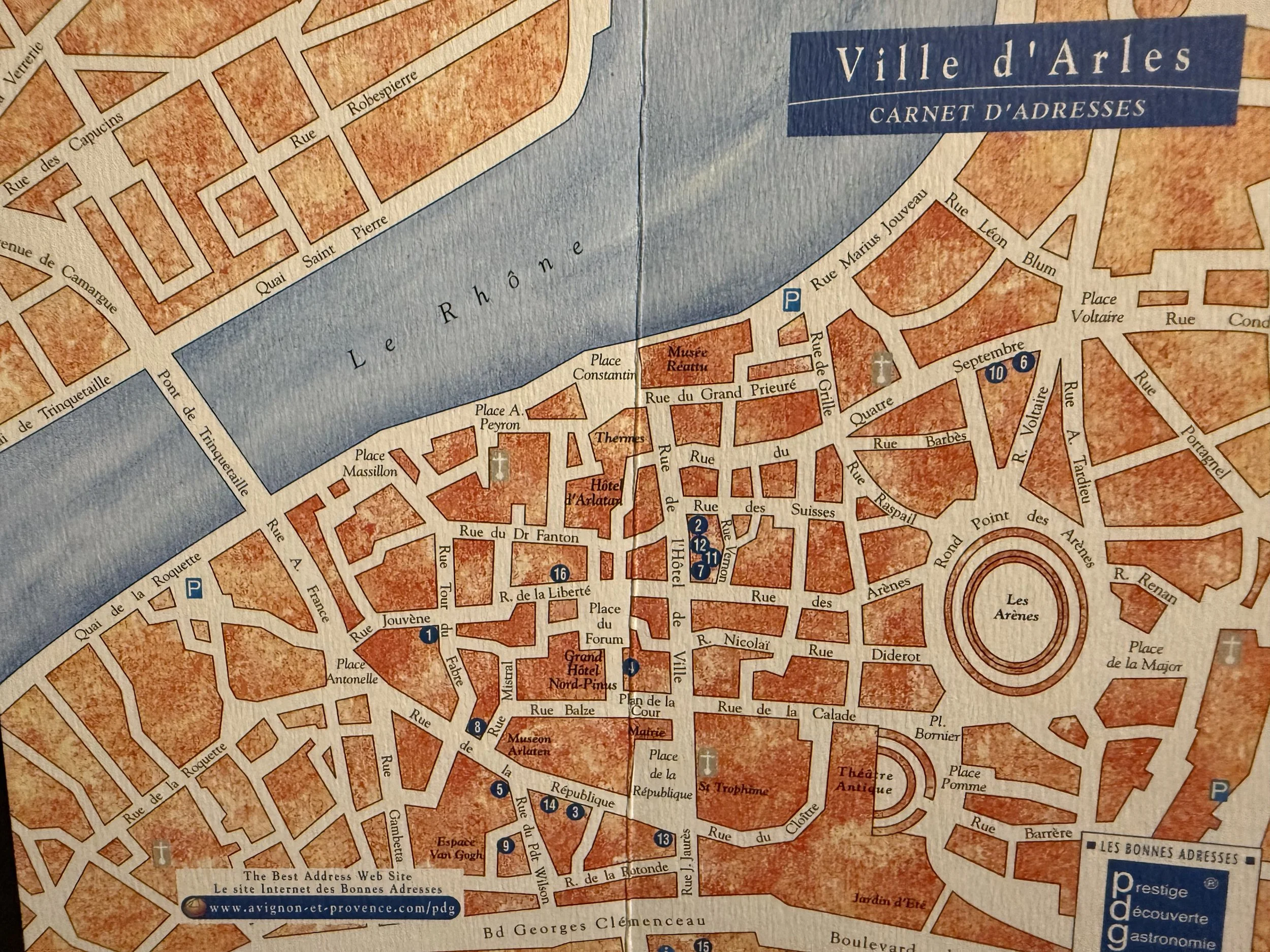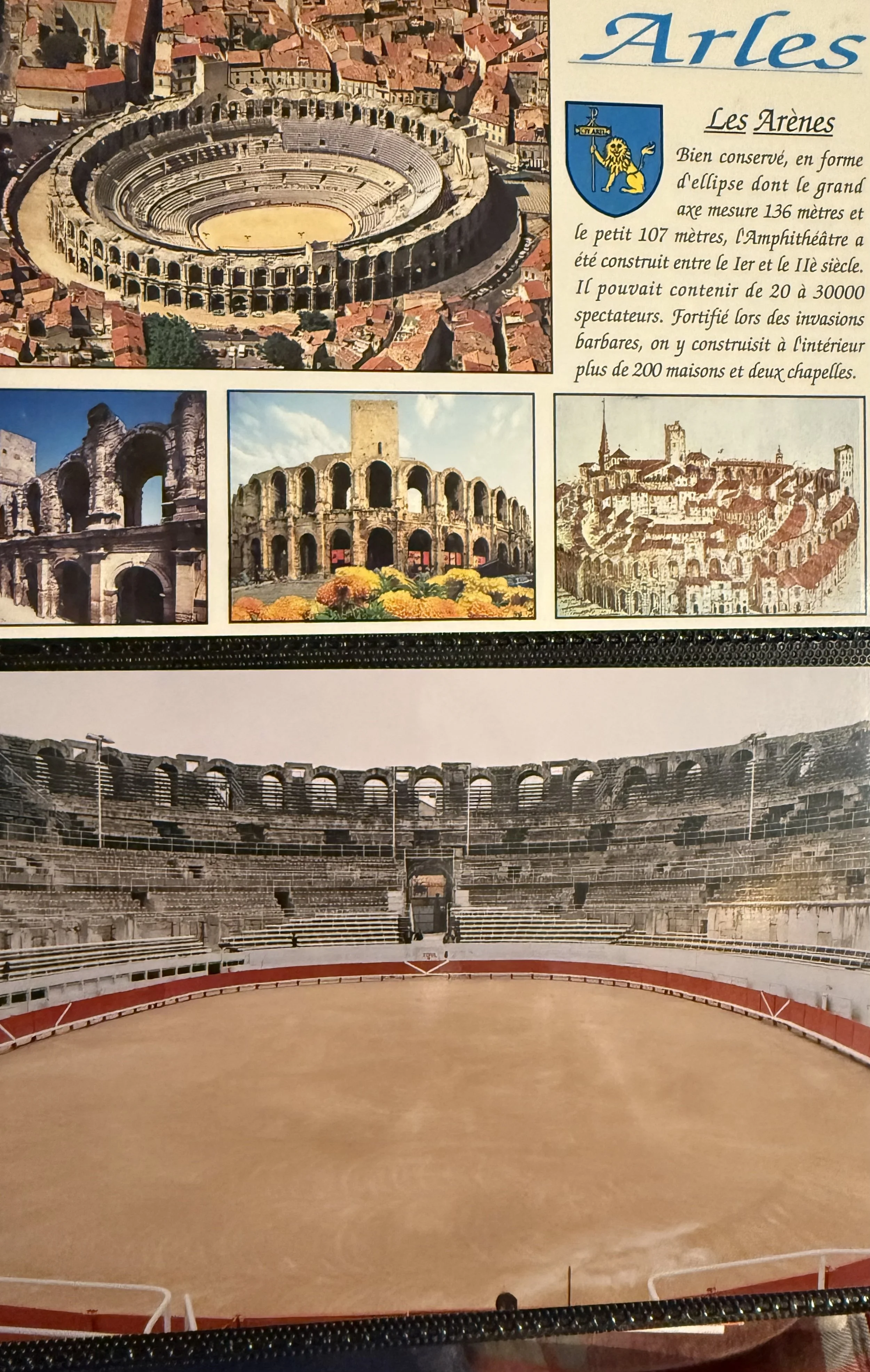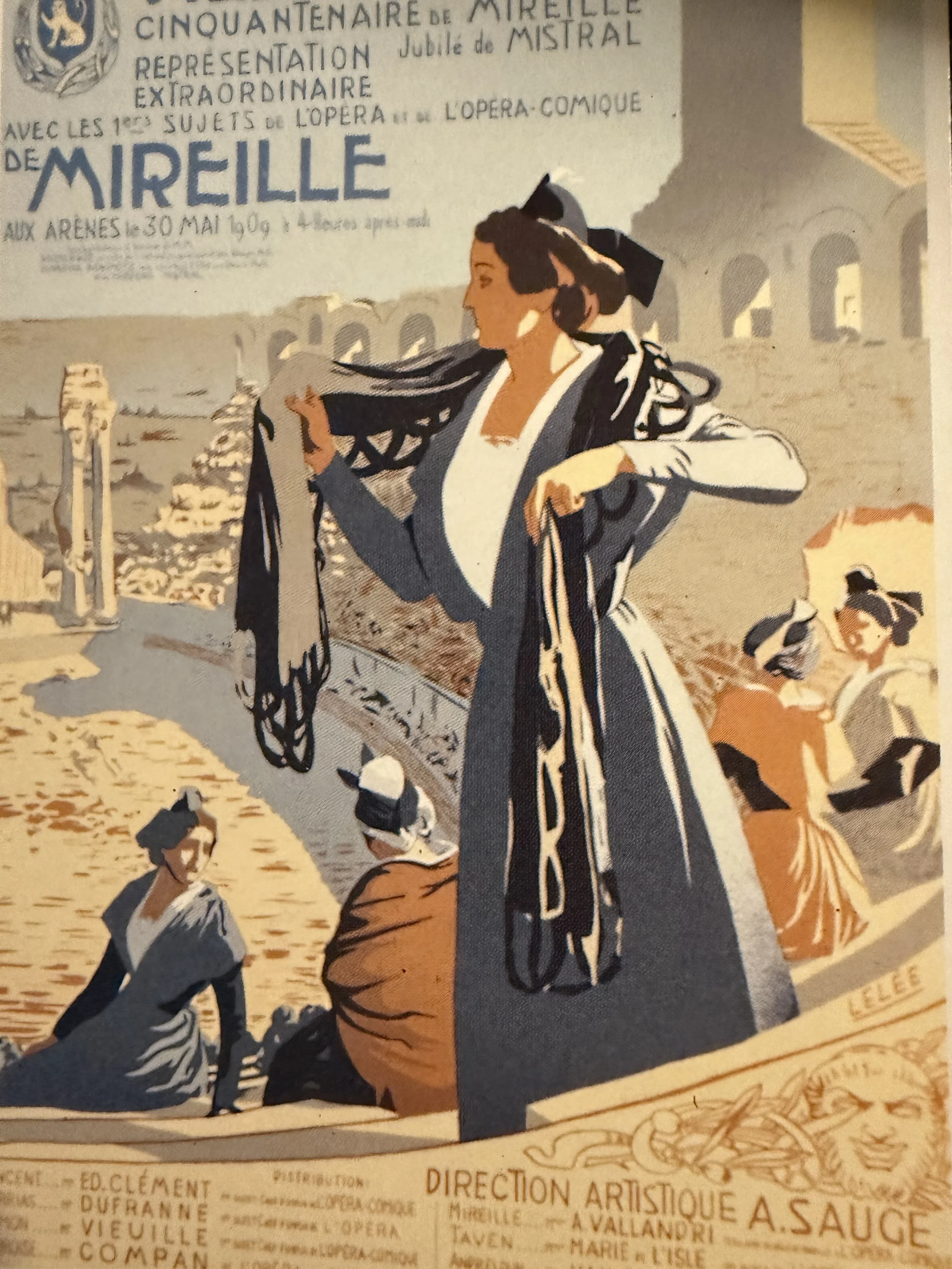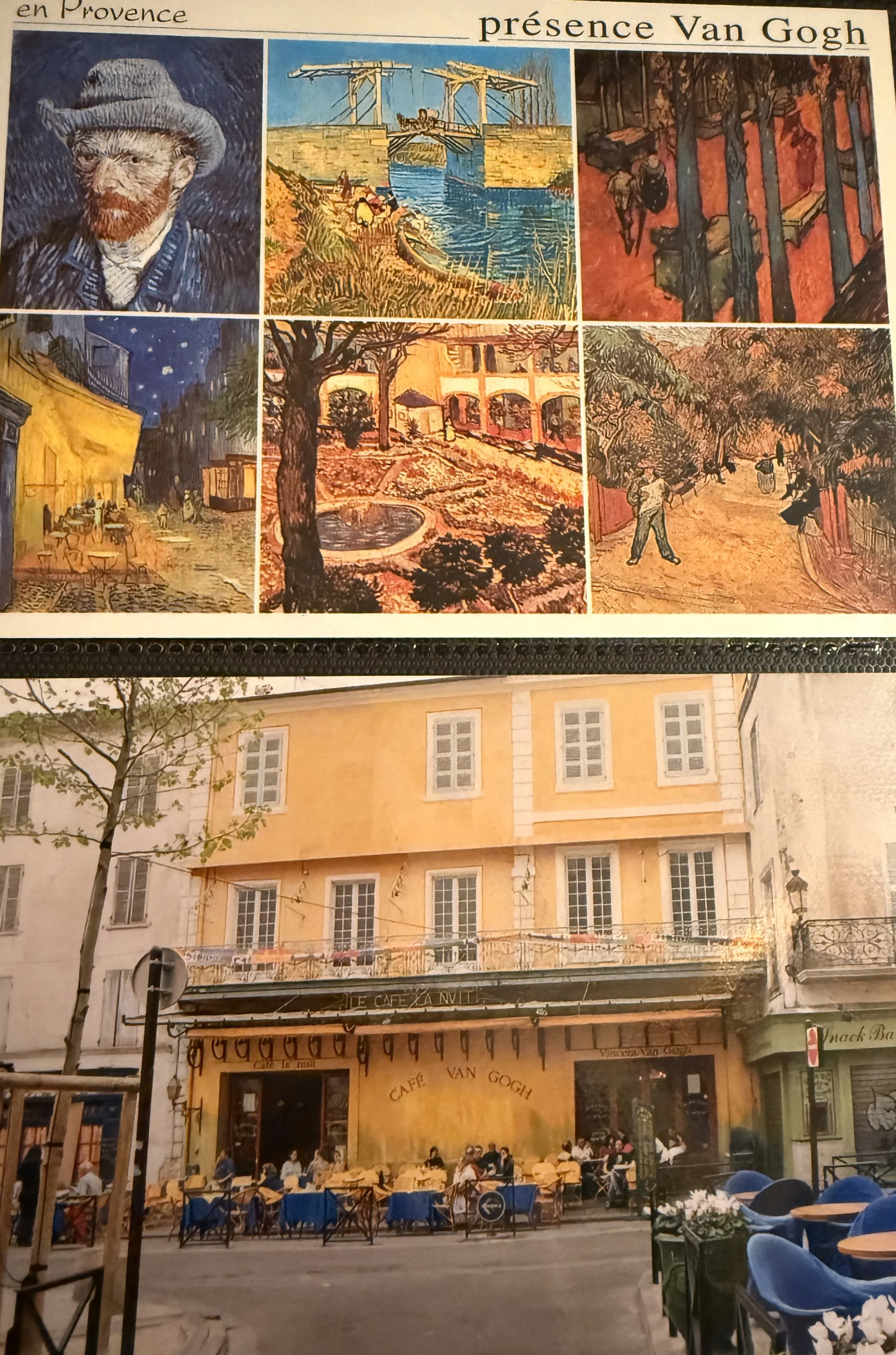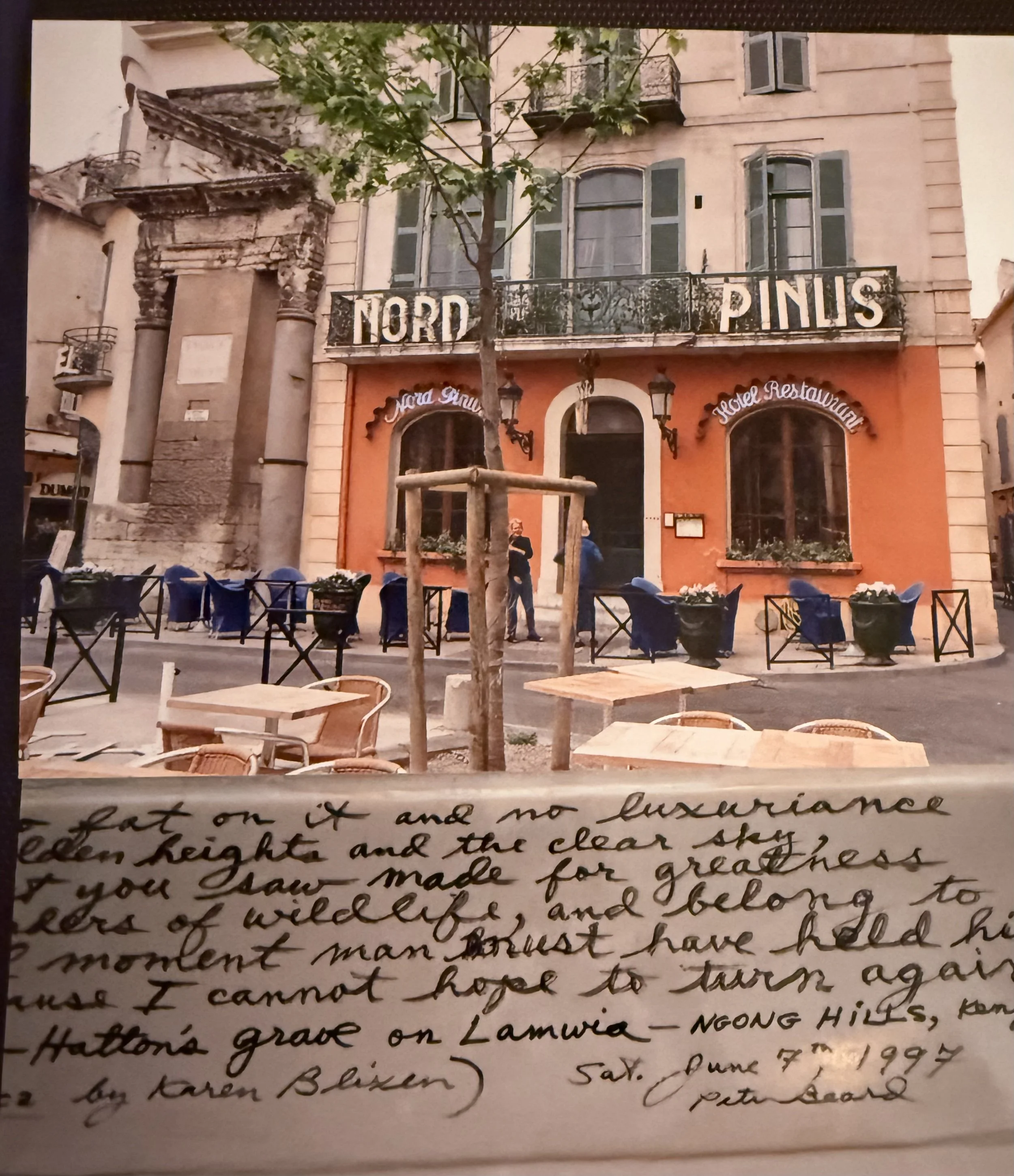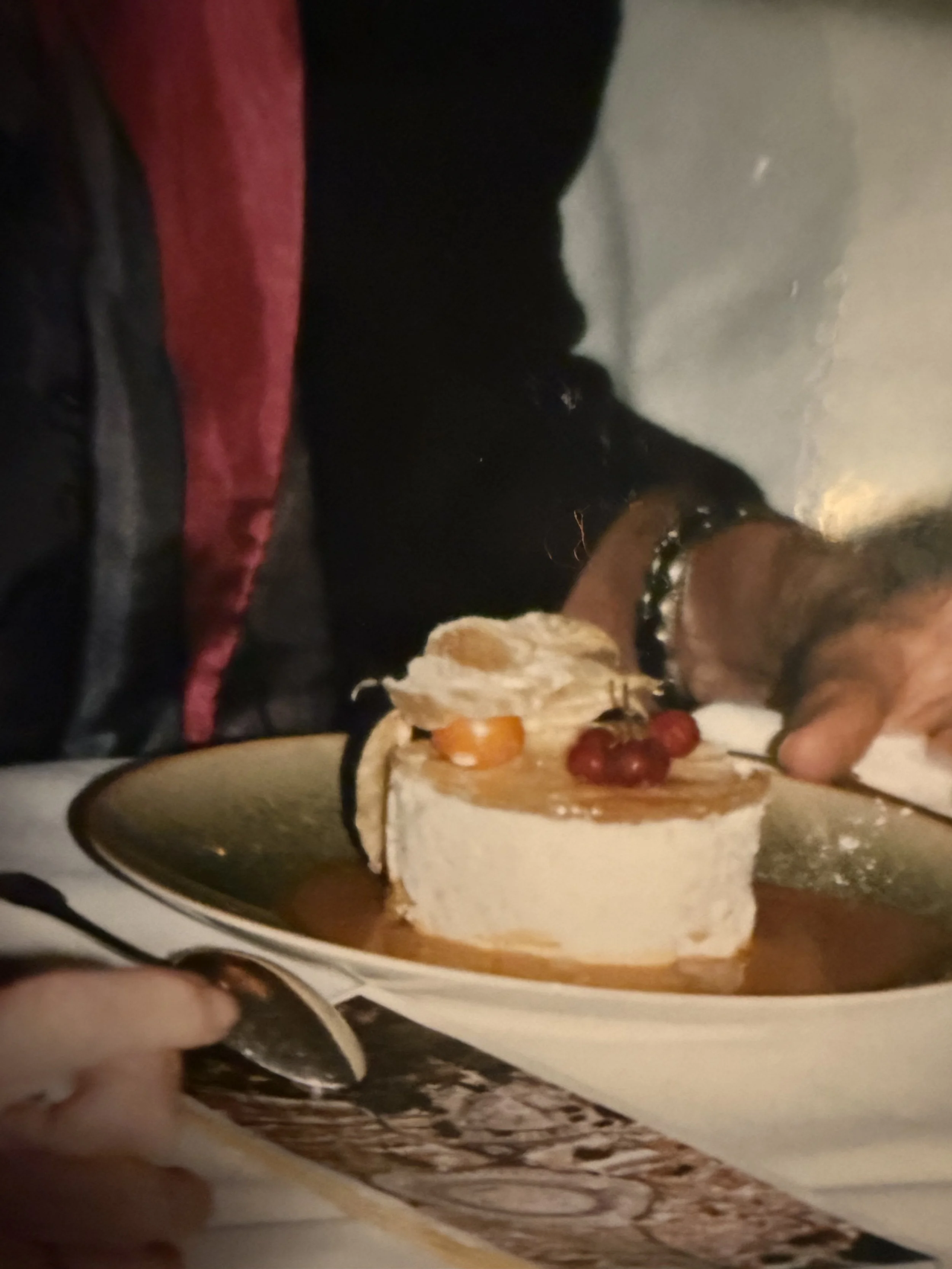Arles
My recent remembrances of explorations in Provence in 2002 began with an outing to Arles—a city whose role in history appears to have been predestined by its geographic location. Situated at the head of the Rhone River delta, the city found itself at the crossroads of the Rhone Valley and major trading routes to Italy and Spain. From my base in the village of St. Etienne du Gres near St. Remy, it was a short 20-minute drive to Arles for a walk down streets that are literally a palimpsest of antiquity.
In prehistoric times, the area was covered by immense marshes fed by the Rhone and Durance Rivers and the Mediterranean Sea. As a result of frequent flooding, rocky outcrops eventually emerged, creating the sites of the future settlements at Gordes, Castellet, Montmajour, and Arles. By the end of the Neolithic Age, wandering groups of warriors and hunters known as Ligurians organized and began to settle in the area.
For the Phoenicians, the site that became Arles was a dockyard for their slave trading ships towards the 11th century BC. For the Greeks who founded Massilia (Marseilles) in the 6th century BC and planted the first olive and fruit trees in Provence, Theline (as Arles was then known) grew into a prosperous trading center linking the Mediterranean with Northern Europe. Celts moved into the area in the 5th century BC and named the site Ar Laith (place of marshes) which later became Arelate (Arles).
And what of the role of Arles in the Roman settlement of Gaul? Entering Arles by car, my traveling companions and I fell in with a steam of cars in focused contest for a parking space along the city’s ever-narrowing maze of streets. Rounding a tight corner lined with small outdoor cafes and tiny shops, we lucked into a small parking lot at the Place de la Major, quite literally in the shadow of one of the largest and best-preserved Roman monuments in Provence—an ellipse-shaped arena built in the 1st and 2nd centuries that once seated from 20,000 to 30,000 spectators for gladiatorial events.
Under the Roman emperors Augustus, Antony, and Constantine, Arelate (Arles) expanded on both sides of the Rhone, became the second capital of the Roman world, and saw a period of building that included the arena, shipyards, an amphitheater, a forum, aqueduct, thermal spas, grand arches, and a network of roads. Arles eventually became the capital of the three Gauls—France, Spain and Britain—and with the spread of Christianity, saw the construction of the churches and cathedrals that are among the most beautiful in the south of France today.
Free of our grand Renault rental car, we happily struck out on foot for Les Arenes. Along the way, a series of colorful posted fliers announced a bullfight that very afternoon in Arles. Could this be? Our answer lay in the heart of the grand arena, where a bullfighting ring was being decorated for the afternoon event. Indeed, this ancient ritual of combat is still very much alive in the great Roman arenas of Provence.
When the hour approached noon, we walked from the arena past the remains of a Roman amphitheater. Sounds of a chorale group followed us down a side lane to the Place du Forum. This lovely little square features a statue of Frederic Mistral, the great French poet whose writings celebrated the people and culture of Provence. On one side of Forum Square, outdoor café tables in front of the brilliant yellow exterior wall of the Café Van Gogh were already busy with noontime patrons.
Directly behind Mistral’s statue is the Hotel du Nord Pinus (Northern Pine)—an historic 25 room hotel/restaurant that has been frequented by bullfighters, Cocteau, Hemingway, Picasso, and photographer Peter Beard to name a few of the luminaries whose names can be found in the hotel’s amazing guest book.
Inside the hotel’s eclectic lobby, you leave behind the world of Van Gogh and the Romans and enter the East Africa immortalized by writers Isak Dinesen and Hemingway. Beard’s black-and-white photographs of Dinesen and Kenya’s wildlife line the walls of the colonial-era lounge and adjoining restaurant. For the next three hours, this setting that appeared to have been literally transported out of Africa was the backdrop for my first dejeuner (lunch) in Provence.
I chose Fondant de saumon marine par nos soins (marinated salmon terrine), served with a mixed salad and fresh coriander. We ordered bottles of Domaine Saint-Hilarie 2000 and mineral water (with gas), and a selection of lovely local cheeses followed. Amazingly, there was still room for poire en emincee, crème parfumee a la pistache et sirop doux au porto—crisp pear slices in pastry with pistachio favored crème and port sauce.
Wandering back in the direction of our car after lunch, roars from within the arena told us that the Feria of Arles (bullfight) was already well underway.
